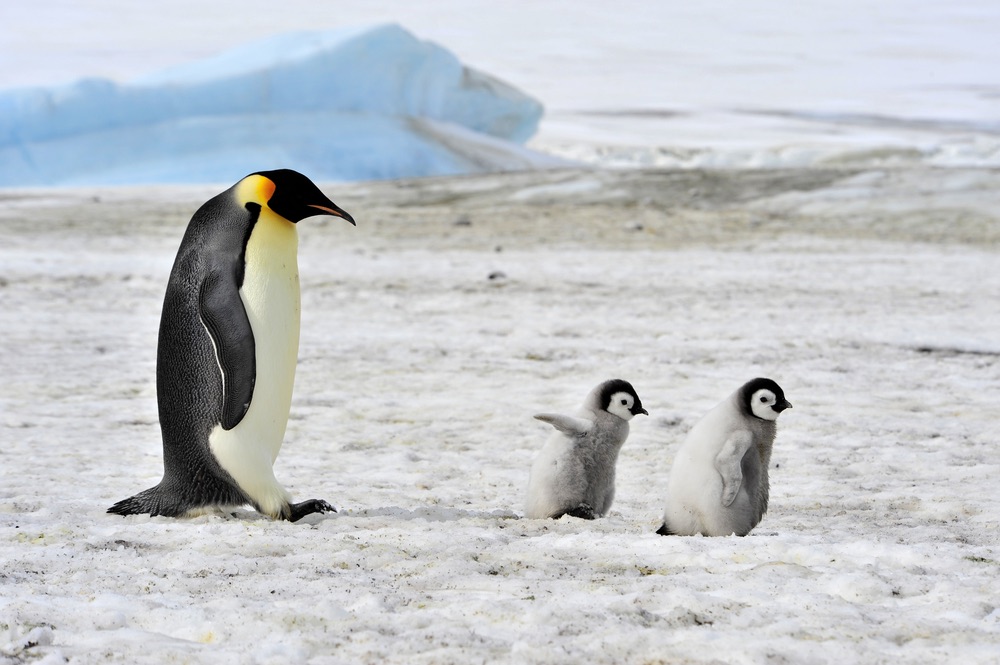World's Largest Marine Sanctuary Created Off Antarctica

The world's largest marine reserve, nearly twice the size of Texas, has been established off the coast of Antarctica this week.
The isolated but wildlife-rich Ross Sea in the Southern Ocean is already thought to be one of the least-altered marine environments on the planet. The new agreement means that an area covering 598,000 square miles (1.55 million square kilometers) of this sea will be further protected from human activities like fishing.
The reserve was unanimously approved today (Oct. 28) by all 25 members of the Commission for the Conservation of Antarctic Marine Living Resources (CCAMLR) at their meeting in Hobart, Australia. The agreement will come into force in December 2017. [Images: Strange Life on the Antarctic Seafloor]
New Zealand and the United States put forth the proposal to create this marine protected area, or MPA, in 2011. The original proposal would have covered a much bigger area of 875,000 square miles (2.3 million square km). But previous negotiations had failed because of opposition raised by some countries, most notably Russia.
Under the agreement, 72 percent of the reserve will be a "no-take" zone, where all fishing will be prohibited; some fishing for scientific research will still be allowed in the remaining 28 percent of the reserve, according to the CCAMLR.
U.S. Secretary of State John Kerry said the agreement is "further proof that the world is finally beginning to understand the urgency of the threats facing our planet."
"The Ross Sea Region MPA will safeguard one of the last unspoiled ocean wilderness areas on the planet —home to unparalleled marine biodiversity and thriving communities of penguins, seals, whales, seabirds and fish," Kerry said in a statement.
Get the world’s most fascinating discoveries delivered straight to your inbox.
In size, the new MPA surpasses the Papahānaumokuākea Marine National Monument off the coast of Hawaii, which President Barack Obama expanded to cover more than 582,000 square miles (1.5 million square km) earlier this year.
Environmental advocates hailed the newly established reserve off Antarctica.
"This landmark decision represents the first time that nations have agreed to protect a huge area of the ocean that lies beyond the jurisdiction of any individual country and shows that CCAMLR takes its role as protector of Antarctic waters seriously," Andrea Kavanagh, director of Antarctic and Southern Ocean work for The Pew Charitable Trusts, said in a statement.
"This would not have been possible without Russia joining with other countries to pass the proposal," she added.
But some were concerned that the new MPA didn't go far enough to ensure protection. Officials with the World Wildlife Fund (WWF) noted that the agreement will expire in 35 years, and said they would push to make the MPA permanent.
"According to the World Conservation Union (IUCN) guidelines, marine protected areas must be permanent," Chris Johnson, WWF-Australia Ocean Science Manager, said in a statement. "WWF has concerns that the Ross Sea agreement does not meet this standard."
Original article on Live Science.




